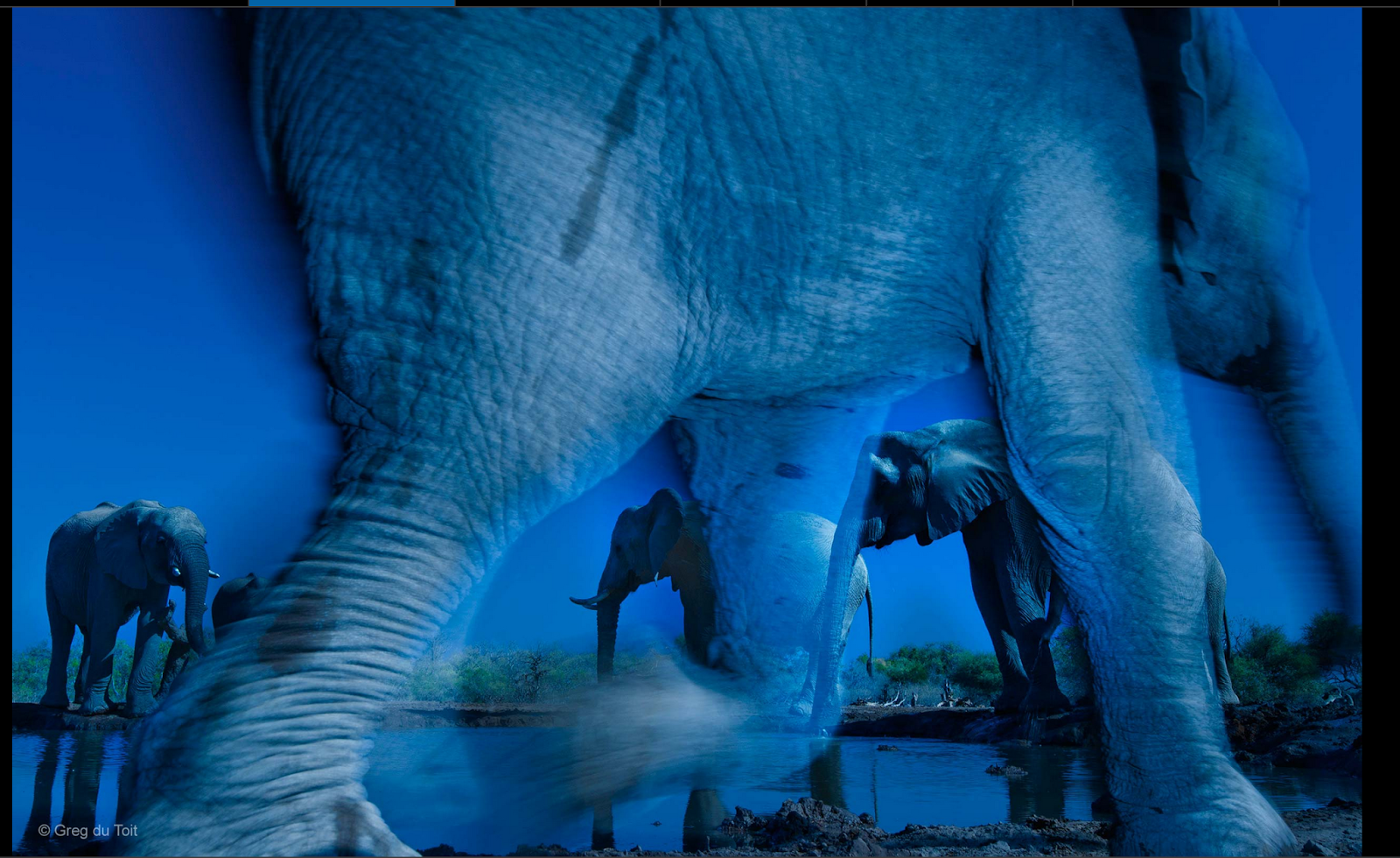Since biodiversity today is under great pressure of human impact, there are a variety of practices to conserve biodiversity from human-triggered ecosystem degradation. Non-scientifically, public education and citizen science play important role in informing conservation knowledge to serve the purpose of promoting public engagement in conservation issues. Scientifically, international biodiversity monitoring framework that collaborates and integrates regional biodiversity data and ecosystem change data together to conduct analysis on global scale. These scientific and non-scientific methodologies are all good practices that assist the conservation progress. I will soon write something about these practices in my blogs in the near future.
Photography is now powerful tool in both scientific research and public campaign. Photographs are used in the population estimation of rare large species, such snow leopard (
Jackson et al., 2010). In such method, researcher identify individual snow leopard by pelage pattern, so a mark capture-recapture model (which is a mathematic function to estimate population) to estimate the population abundance. Camera trap is also useful in the field to capture data of every vertebrate species that occurs in a certain distance of the trap. Such research use camera trap as a tool to collect primary species occurance data to build their models, mostly to estimate the species richness of the whole area (
Ahumada et al., 2013). Yet mostly such research is not able to conduct individual identification, which leads to repetitive counting of a single individual and adds uncertainty to population estimation.
Grace and Ratcliff (2010) have identified the importance of education on the opinions of young generation towards conservation. Photography is an education tool for public awareness raise on conservation issues, especially to the younger generation. BBC wildlife photographer of the year, together with Wild Photo and Wild Screen events are the most popular public events concentrating on wildlife conservation, including both Fauna and Flora. Last week, Natural History Museum hosts its 50 anniversary of wildlife photographer event. All the historical award-winners were coming to London for the event to meet royal family members and Sir David Attenborough. Some of the award-winners are also scientists and conservationists themselves, they spread their conservation philosophy and the status of their target wildlife to the vision of public. For example, the 2013 award winner Greg du Toit was a game ranger himself in Africa and by fulfilling daily conservation responsibility, he is able to integrate his conservation sense into his photography work.

In the BBC wildlife photographer of the year 2014, I happened to have chance to talk with two Chinese award winners and asked them a few short questions. Minghui Yuan is the Plant and Fungi group award winner of this year, he is a plant wildlife lover living in urban areas but he managed to devote his time into the outskirts of the megacity and stay with the wildlife there. His philosophy in wildlife photography is the harmony of people and wildlife, city and nature.
Zhinong Xi is the 2002 winner of Gerald Durrell Award for Endangered species, he is well known not only for his images, but also famous for his conservation efforts in conserving a few endemic species, including Yunnan snub-nosed monkey, and Tibetan antelope, together with the world famous conservationist George Schaller. In the WildPhoto event this year, I had a talk with him and asked him a few questions. I attached the interview questions in the following paragraphs, X is short for Zhinong Xi, H is short for me.
 |
| Snub-nosed Monkey by Zhinong Xi |
1. H: Can you introduce your recent work these years to the British blog readers please?
X: Yes, years ago I founded a wildlife photography studio called WildChina Film in Beijing, the aim of our institution is to take images for protection. We are preparing for a few nature documentary in these three years, and we have a Endangered species project to document the images of most endangered species in China before they go extinct. Internationally, we also collaborates with National History Museum to publish books and hold exhibitions in China.
2. H: Can you explain the situation of wildlife conservation in China?
X: Species are declining at an extraordinary speed today. To be a wildlife photographer in China you need to run with time, and to compete with the decline speed of the species. Another difficulty is the pollution in China today, for example, air pollution. When I was on the plane leaving from Beijing , the air is full of PM2.5. Yet when I arrived London, the air is very clean.
3. H: Do you have any words for the young generation?
X: The young generation today has less opportunity to be get into the wild. Most of citizens spend most of their time in city, the young generation should stay connected with nature, no matter what career they have. To be with nature should not be a privilege for wildlife photographers.
Another encouraging news is, the Young Wildlife Photographer of the year (usually for teenager below age of 17), is a 9-year-old Spanish boy. This means the event is playing critical public education role, and attracts more and more young generation to care about nature.



















